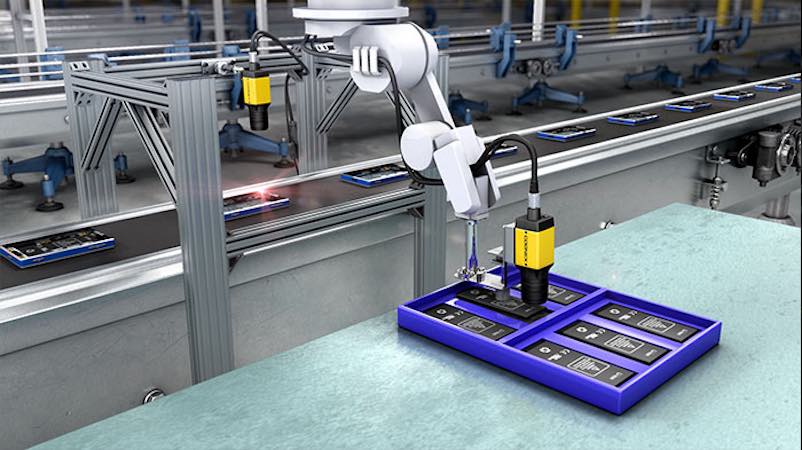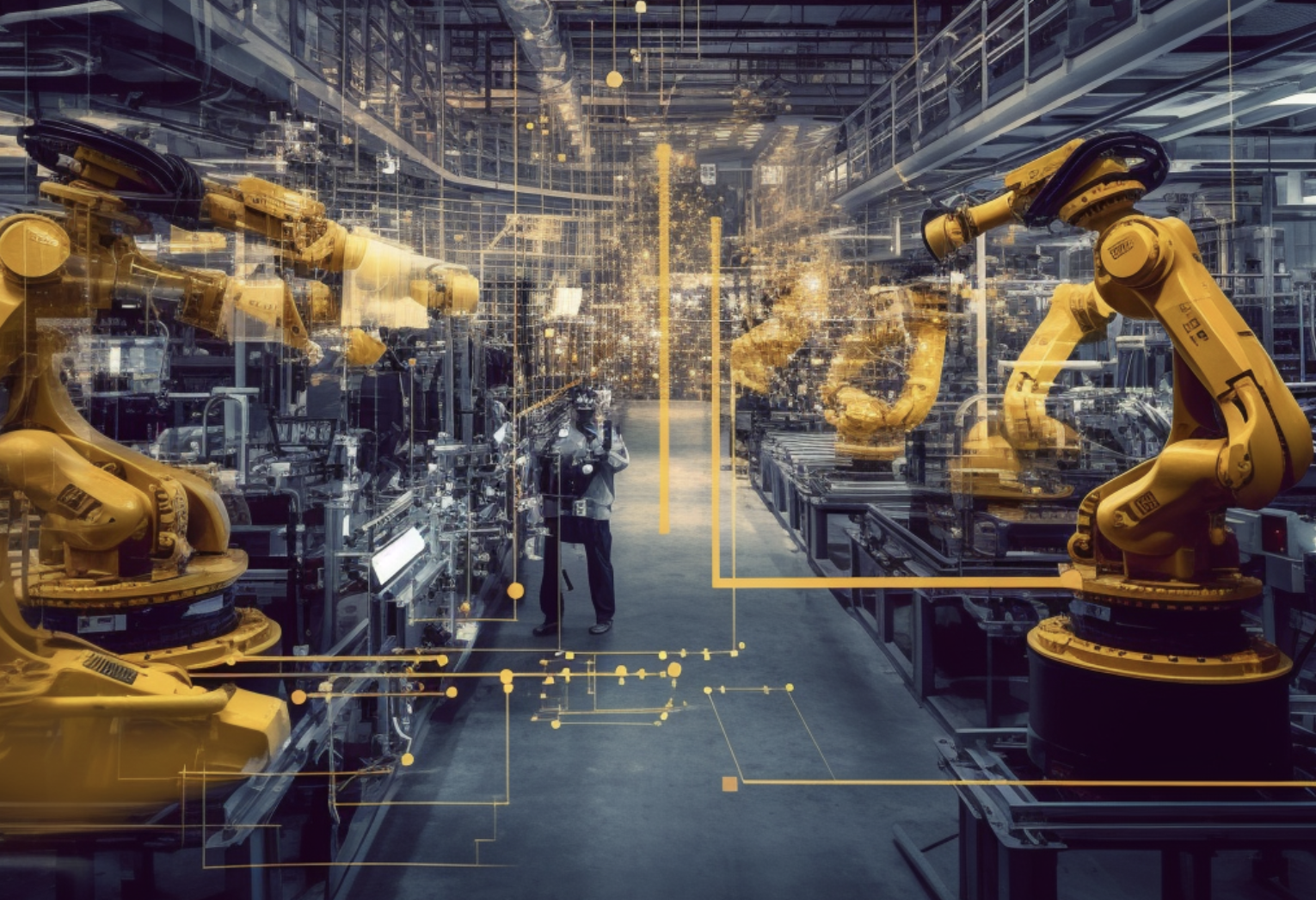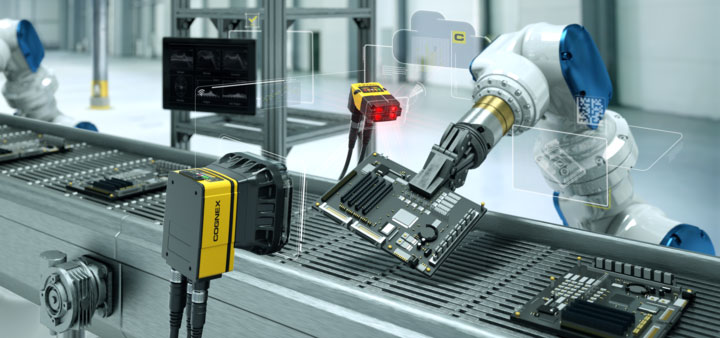Comments
- No comments found

Computer vision aims to automate and optimize manufacturing and production processes to increase efficiency and improve product quality.
In recent years, computer vision has become an increasingly important technology in industrial automation. It has revolutionized factory and manufacturing plant operations, allowing them to automate processes, reduce waste and improve product quality. But how did this revolutionary technology emerge, and why is it so important in today's industrial landscape?
Computer vision's origins in industrial applications date back to the mid-twentieth century when researchers began developing algorithms to analyze and interpret digital images. These technologies were initially limited by early computers' processing power and memory, but as computer hardware improved, so did computer vision capabilities.
Computer vision for industrial automation systems is now an essential component. It allows machines to perceive their surroundings and make decisions based on that perception, resulting in faster, more accurate and more efficient manufacturing processes. Computer vision for industrial automation drives innovation and transformation across the industrial landscape, from quality control to predictive maintenance. So what are its applications?

Computer vision for industrial automation allows machines to perform tasks that would otherwise require human perception and judgment, allowing manufacturers to optimize their operations and increase their profits.
Computer vision for industrial automation applications plays an essential role in product and component assembly in the manufacturing sector. It is widely used for fully automated product assembly and management processes as part of the industry's move towards automation and industry 4.0. The computer vision system monitors the assembly line, directing robotic arms and human workers.
The manufacturing industry struggles to identify product defects, necessitating accurate, detailed monitoring. Defects discovered after production or delivery can increase production costs and customer dissatisfaction. These costs outweigh implementing an AI-based computer vision system for defect detection. This system collects live data using cameras and machine learning algorithms to evaluate the data based on predetermined quality standards, identifying defects and indicating the degree of deviation.
Rotary and laser die-cutting are the two primary die-cutting technologies used in manufacturing. Rotary cutting uses complex tooling and steel blades, whereas laser cutting uses high-speed laser light. Although laser die-cutting provides greater precision, cutting rigid materials can be difficult, whereas rotary cutting can easily cut any material. The manufacturing industry can use computer vision systems to aid in rotary die cutting to achieve the exact precision of laser cutting while being able to cut any design. Once the design pattern is entered into the computer vision system, the die-cutting machine, whether laser or rotary, is guided to perform the precise cutting.
Computer vision for industrial automation can help with stock counting, inventory monitoring in warehouses and alerting managers when there is insufficient material for manufacturing. These systems can also prevent errors from occurring during stock counting. Finding stock in large warehouses can take time and effort. On the other hand, inventory managers can more efficiently locate products within the warehouse by implementing a computer vision system that uses barcode data.
Some manufacturing industries must count the number of products produced before packaging them. When performed manually, this task is prone to errors, especially in industries such as pharmaceuticals and retail products. To address this issue, computer vision systems can be integrated into the packaging process to accurately count the number of items and ensure that packaging standards are met. Computer vision can also be used to inspect the packaging for damage. Delivering products in good condition to customers is critical; damaged packaging puts the product inside at risk. Computer vision systems can detect real-time packaging damage, allowing immediate action to prevent damaged products from leaving the manufacturing plant.
Lean manufacturing practices have been shown to reduce waste effectively and boost business productivity. Furthermore, industry 4.0 technologies facilitate the adoption of data-driven methodologies to aid in decision-making, while lean manufacturing measures promote equipment efficiencies and lower operational costs. Computer vision technology, in particular, can be used in manufacturing to monitor production events and provide real-time insights for improved operational efficiencies and data generation. As a result, computer vision can provide significant benefits to manufacturing companies.

Incorporating computer vision into industrial automation dramatically enhances the organizational process.
Manufacturing procedures in specific environmental conditions and high temperatures frequently result in material corrosion and degradation, which can cause equipment deformation. Delays in addressing these issues can result in significant losses and disruption of the manufacturing process. Manufacturers hire corrosion engineers as part of their predictive maintenance to prevent corrosion and maintain the machinery's health. While manual equipment monitoring is continuous, computer vision systems can monitor machinery continuously based on multiple parameters. Computer vision systems can alert managers to take proactive maintenance measures when there is a deviation from the established metrics.
Workers in the manufacturing industry face high levels of danger, with a higher risk of injuries or fatalities if safety and security standards are not met. Regulatory bodies impose safety regulations on manufacturing plants, and noncompliance can result in penalties. While video cameras are installed to monitor employee movement and ensure safety compliance, the monitoring process is primarily manual, requiring an employee to monitor the video stream at all times. This procedure is prone to errors, which can have serious ramifications. An AI-powered computer vision system can provide a solution by continuously monitoring the manufacturing site for compliance violations from entry to exit points. The system notifies the appropriate manager and alerts employees if any noncompliance is detected.
By providing automated and accurate inspection of products during manufacturing, computer vision for industrial automation technology can significantly improve quality in industries. It can automate inspection by analyzing product images or video footage for defects or flaws. Using high speeds reduces the time required for manual inspection while increasing overall production efficiency. It can also collect and analyze product defect and quality data, providing valuable insights that can be used to improve manufacturing processes and product designs.
The use of computer vision for industrial automation is transforming traditional methods in today's age. It is revolutionizing the manufacturing industry because it can automate inspection processes, perform real-time quality control and provide valuable insights for process improvement. Human inspection is no longer the only way to ensure quality control in industrial settings. Computer vision technology enables more accurate, consistent and efficient inspection, lowering the risk of product defects and inconsistencies. As industries evolve, the importance of computer vision technology for industrial automation becomes clearer. Manufacturers can ensure higher levels of quality control, lower costs and increase customer satisfaction by leveraging the power of computer vision.
Naveen is the Founder and CEO of Allerin, a software solutions provider that delivers innovative and agile solutions that enable to automate, inspire and impress. He is a seasoned professional with more than 20 years of experience, with extensive experience in customizing open source products for cost optimizations of large scale IT deployment. He is currently working on Internet of Things solutions with Big Data Analytics. Naveen completed his programming qualifications in various Indian institutes.
Leave your comments
Post comment as a guest